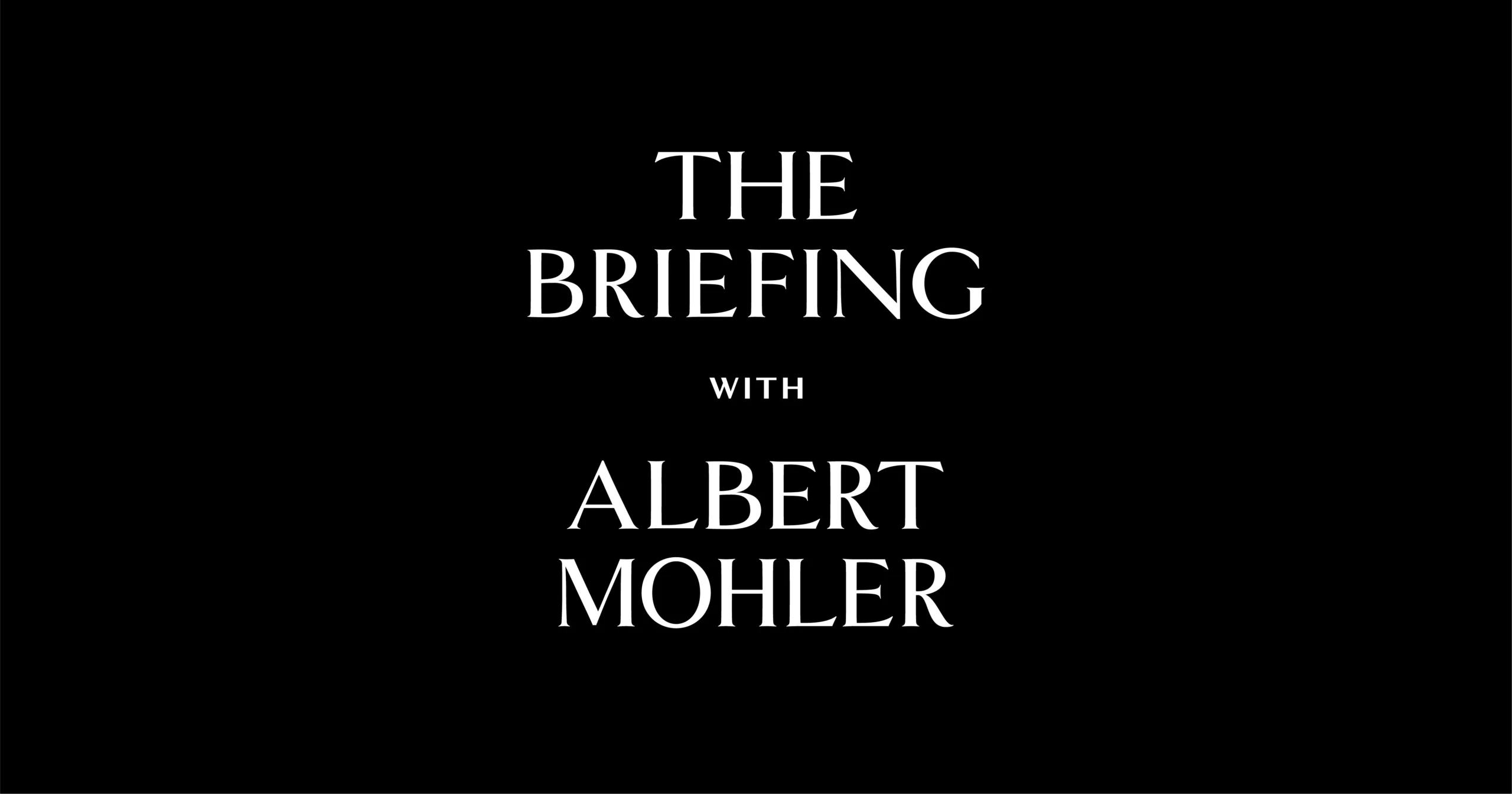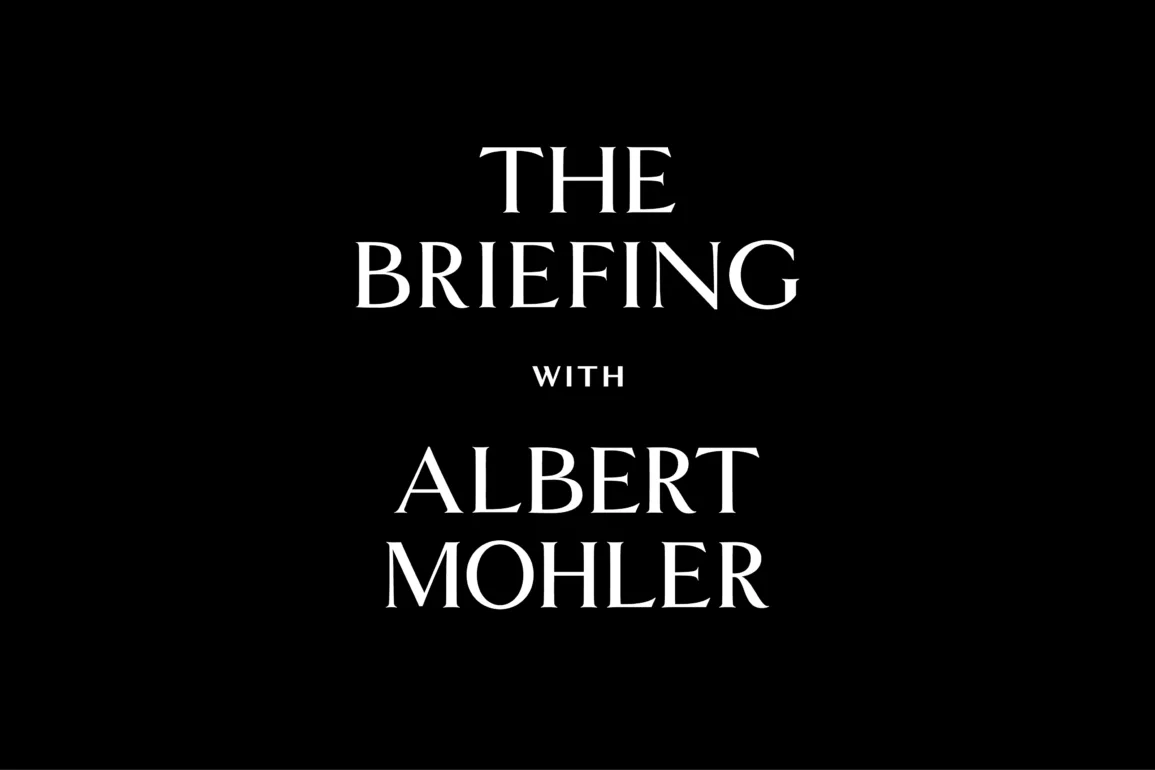
Well he did it. He in this case means California Governor Gavin Newsom, and what he did was a point an acting senator to serve the remainder of the term of the late Senator Dianne Feinstein. We discussed the death of Dianne Feinstein and its meaning yesterday, and one of the big open questions is what the governor of California would do?
He had stated, after the last time he made an interim appointment, that this time he would appoint a Black woman. The reason he had to say that is because he came under incredible political pressure for naming Alex Padilla as an acting senator, and in that case it was an Hispanic man, but it was a man. And in today’s context of intersectionality, that’s not enough, even an Hispanic man.
So let’s just look at what we actually have here. We have a new senator who by the way, is not now living in California. The new California senator also has not been voting in California recently, but she is nonetheless a big power in democratic politics. She has been the president of EMILYs List. Her name is Laphonza Butler, and EMILYs List is an organization that has been all about serving candidates and funding candidates, Democratic candidates who are pro-abortion in terms of election cycles.
So Laphonza Butler is very well known and she is Black, and she is a woman and she is pro-abortion avidly so and there’s one other thing, she is now being advertised as the first openly gay or lesbian senator from the state of California. So the big story here is really not Laphonza Butler. She’s actually just a pointer to the big story here.
The big story here is what’s happening on the political and ideological left in the United States. And in order to understand that, we are now able to make some rather abstract issues pretty concrete. One of those abstract issues is critical theory. Critical theory is a form of thought that emerged out of Marxism, particularly in Germany in the period between the two world wars.
It really began to gain steam, however, in the United States in the 1960s, and there’s a long story behind that. You had a group known as the Frankfurt School in Germany developing critical theory, and the key insight that is important for us, is that critical theory held that a Marxist revolution was not going to take place by the proletariat, a labor majority rising up against their capitalist masters.
Instead, if a true revolution was going to come in newly Marxist terms in western cultures, it would come through the elites, it would come through the engines of cultural production. It will be done through the culture, not primarily through the economy. And this has been one of the animating dreams of the ideological and political left in the United States for a long time. Yet at the same time, it also appeared that for decades critical theory in the Frankfurt School were not really gaining much traction at all.
In retrospect, we can see that the big opportunity really came with the death of the older classic liberal ideology in the United States. This is at least to some degree a generational issue. The generation of liberals who had served in World War II and the Korean War, and who had that experience, they weren’t too open to something like critical theory. But the generation of ideological young people who emerged and eventually gained so much influence in the academy from the 1960s, the children as they said in Europe of the year 1968, well, it turns out that they included a good number of critical theorists, and many variants of critical theory have worked their way into American cultural controversies.
Now, if you think about critical studies or critical theory, you need to understand that the first concrete form of critical theory to start gaining a lot of influence in the United States, was in the area of law. Critical legal studies, and that became very, very influential, and yet out of that emerged some other ideas. And if this is sounding abstract to you, well, it’s about to become today’s news in terms of how this works. Because, let me read to you a report from NBC News about the interim appointment of Laphonza Butler as the next Democratic United States senator from the state of California.
So here it is. I’m going to read to you a statement in this NBC report and the statement comes from Kelley Robinson identified as president of the Human Rights Campaign, the country’s largest LGBTQ rights organization, and Kelley Robinson referred to Laphonza Butler’s appointment as, “A landmark moment in the fight for social, racial and economic justice.” But that’s not the key sentence.
Here’s the key sentence. It’s from the voice of Kelley Robinson, “As the first Black lesbian to represent California and the United States Senate, Laphonza brings a compelling voice for abortion rights, the labor movement, and civil rights in the Congress. Her leadership is a testament to the legacy of Senator Dianne Feinstein’s, strong record of pro-LGBTQ+ support.”
Now, if you listen to that sentence, you heard an entire revolution in American society taking place, and I want to point to a few words in it. Now, intersectionality, what’s in the background to this? What in the world is intersectionality? Well, it’s a variant of critical theory and it really came out of critical legal studies, and the argument is that the big problem in society is oppression, but there are some people who are more oppressed than others. In order to understand how intersectionality works, you have to understand identity politics.
Identity politics is the effort to reduce every single citizen to identities, sometimes multiple identities and some of those identities are oppressor identities, such as white male, in terms of how critical theory works. Some of them are oppressed identities, such as African-American. You go down any list of ethnicities and you put at the top of that list, women and then you put the new list, which is those who are identified as LGBTQ+, et cetera. The idea of intersectionality in critical theory is that the persons who are most oppressed are the persons with the greatest number of intersections in terms of identity politics.
Now here’s an easy way to understand that. You would say according to intersectionality, that a woman just by being a woman is oppressed. Thousands of years, millennia, patriarchy are oppressing women. So every single woman starts out as an oppressed member of a neglected and opposed minority. But then it’s not just women, because not all women are equally oppressed. There are other women who are more oppressed, and that’s where the intersectionality comes in and that’s where the sentence about Laphonza Butler comes in. Let me go back to what Kelley Robinson said, “As the first Black lesbian to represent California in the United States Senate.”
Now, the key issue there is understanding that lesbian, at least to this point, even with all the gender confusion, does imply woman. And so you say Black lesbian, you’re saying a Black woman who is romantically in a same-sex pattern of attraction and relationship. And so you look at that and you got three intersections right there, or at least you could say you have the intersection of three different oppressions. Women and also lesbian and also Black.
And so in this one appointment, governor Gavin Newsom is basically he has hit a double. No, it’s a triple. He has actually hit three different points of the intersectionality grid in critical theory. And so for the California governor, this would appear to be a big win. But then again, this is downright weird because Laphonza Butler doesn’t even live in California. You would think that, it would be a political misfire to appoint someone actually living in Maryland and having voted in recent Maryland statewide elections, you would think that wouldn’t be a smart political move, but it might be. Then again, it might not be.
Because there are already at least three declared candidates for Dianne Feinstein’s posts in the United States Senate, and none of those three candidates for the democratic nomination wanted any other of those candidates to get this interim nomination. That would be an incredible political gift that would serve to political advantage.
But the interesting thing about Laphonza Butler is that the deal with the governor for her interim appointment does not require her not to run, and she has said, that she is not committing not to run. So this could get very interesting, but not only interesting, it could get very bloody in California democratic politics, and it’s going to be interesting for all the rest of us to watch.
But I just want us to understand that this intersectionality parable living out before our eyes, shows us how American politics will die of this particular ideological poison, and the left is trapped in it right now. They are so trapped in intersectionality, identity politics, the dynamic of every political question coming down to the oppressor versus the oppressed. They are in a dynamic of their own responsibility. They have put themselves in their own ideological trap. And here’s the question, once you’re Gavin Newsom, how do you top this? Once you named an Hispanic man and that wasn’t good enough because the Hispanic man was a man and now you have named a Black woman who’s also LGBTQ.
Well, here’s the clue, Governor Gavin Newsom, that won’t be good enough the next time. The way identity politics works and intersectionality is that you’re going to have to have someone next time who fires on, I don’t know, five, six or seven identity politics cylinders. This is the devolution of American politics. We cannot survive this kind of ideological corruption, but nonetheless, this is where we are, thanks to California Governor Gavin Newsom who thinks he’s solved a problem, but in all honesty, he has set himself or his successor up for a trap.
Once you pull what he just did this week with Laphonza Butler, what do you do next time? Because you have to do better next time Governor Newsom. You or your successor because that’s the way identity politics and intersectionality work. So you better be figuring out if you fired on three cylinders this time, how you can fire on say twice that next time. I don’t mean this, but I’ll simply say it as a tautology. Good luck with that.



